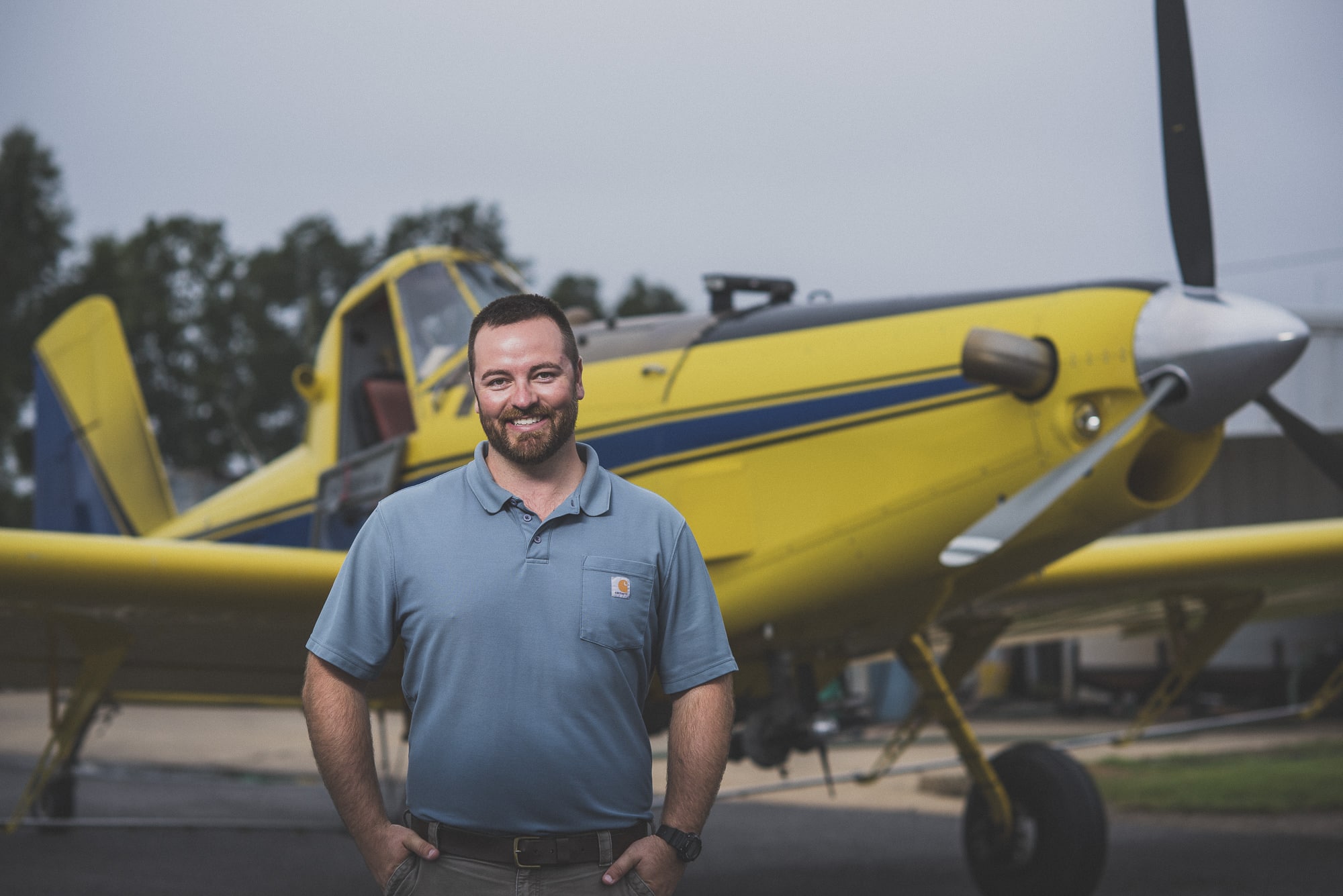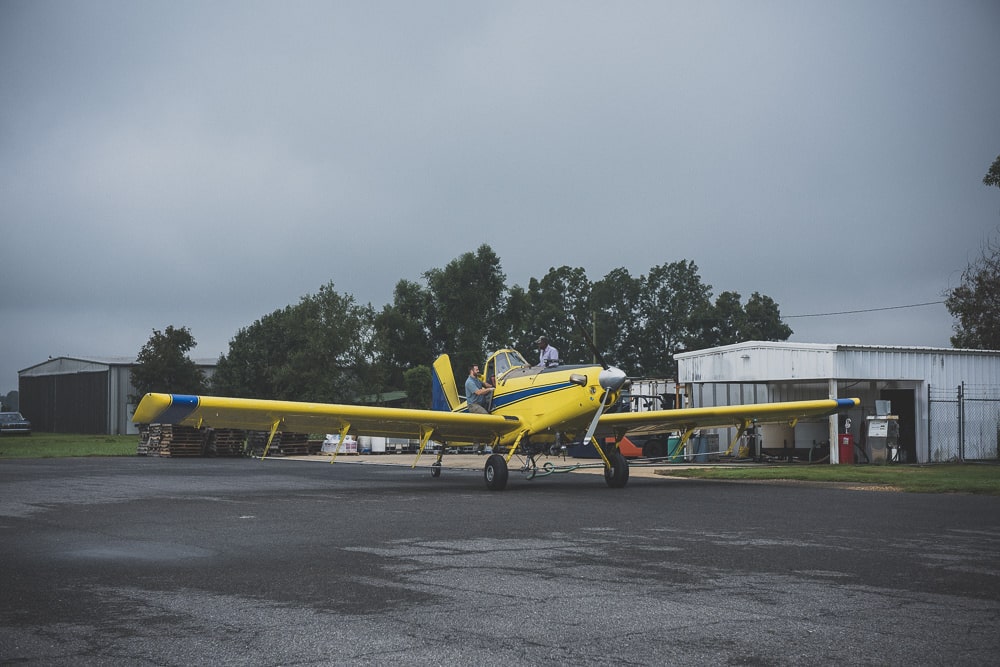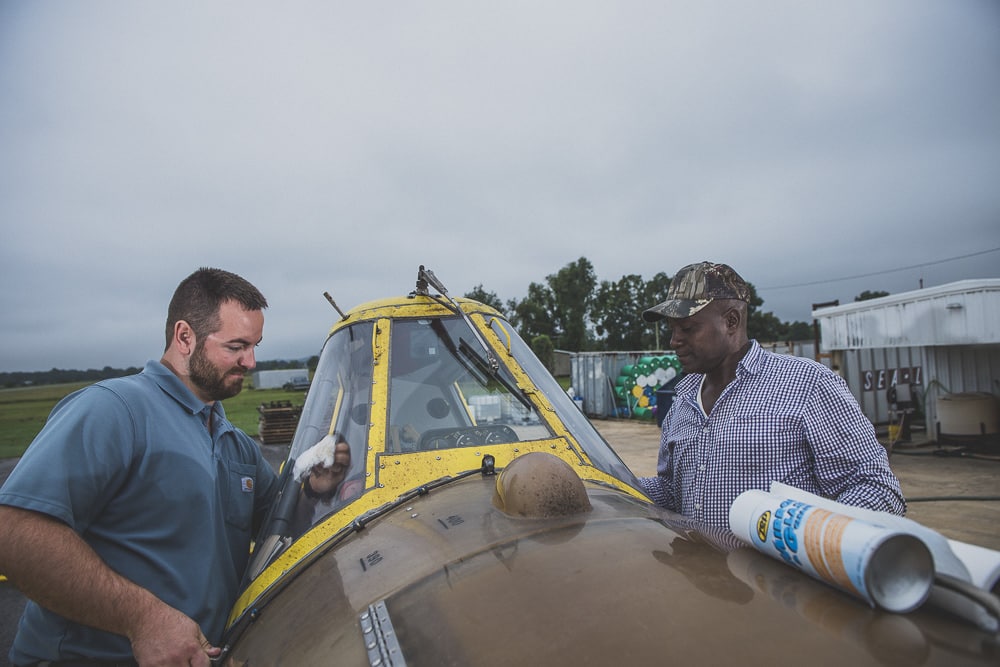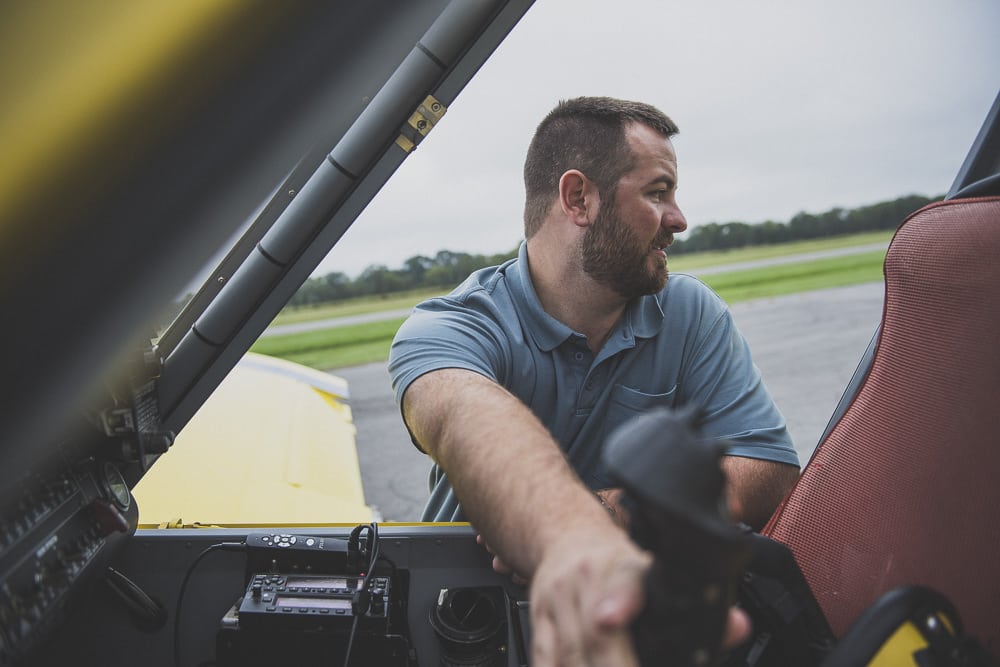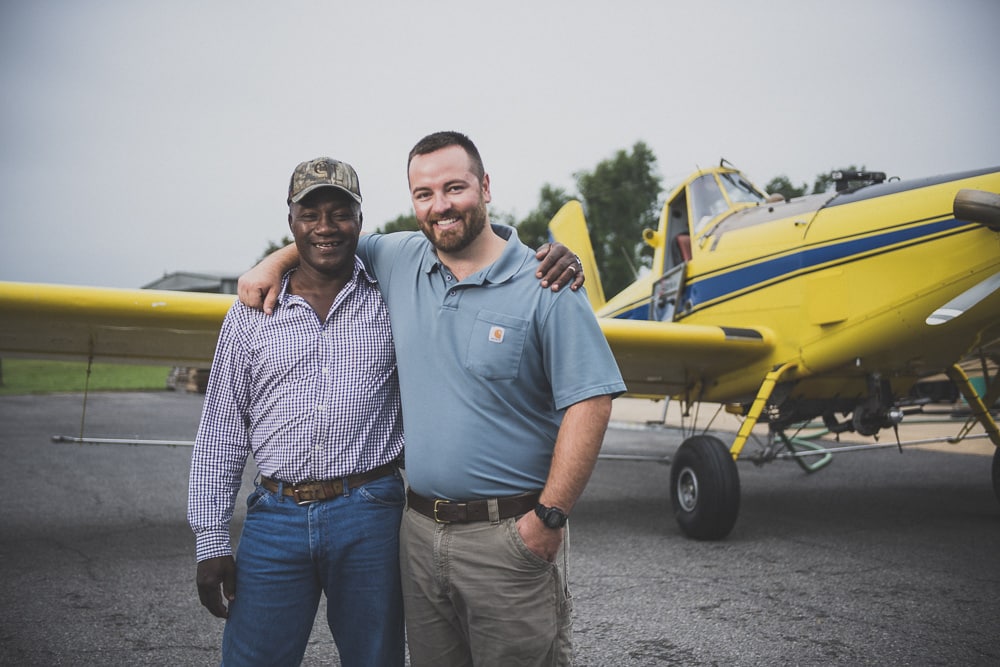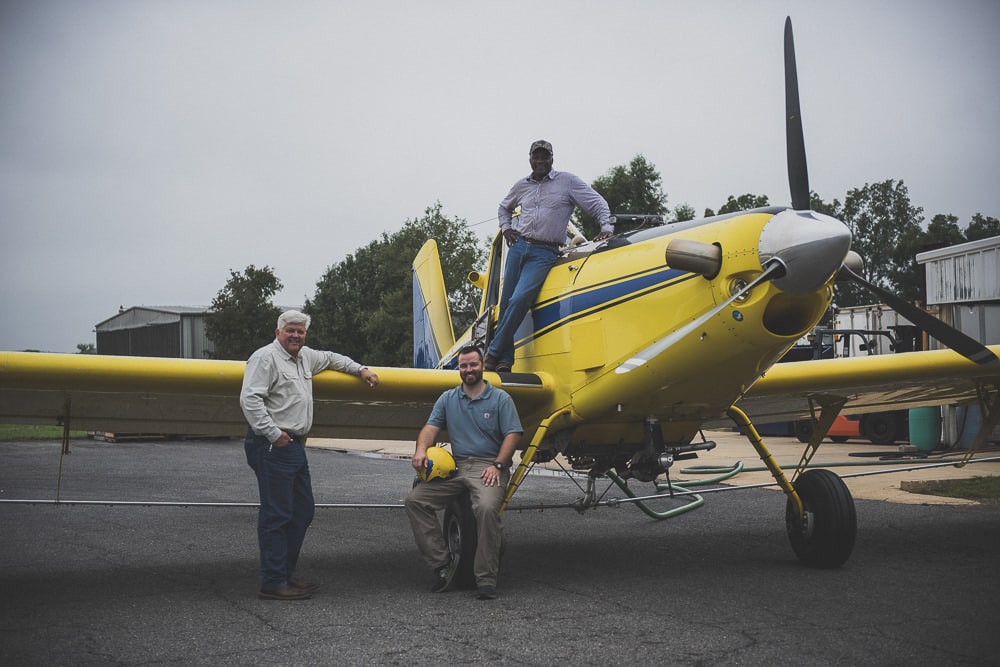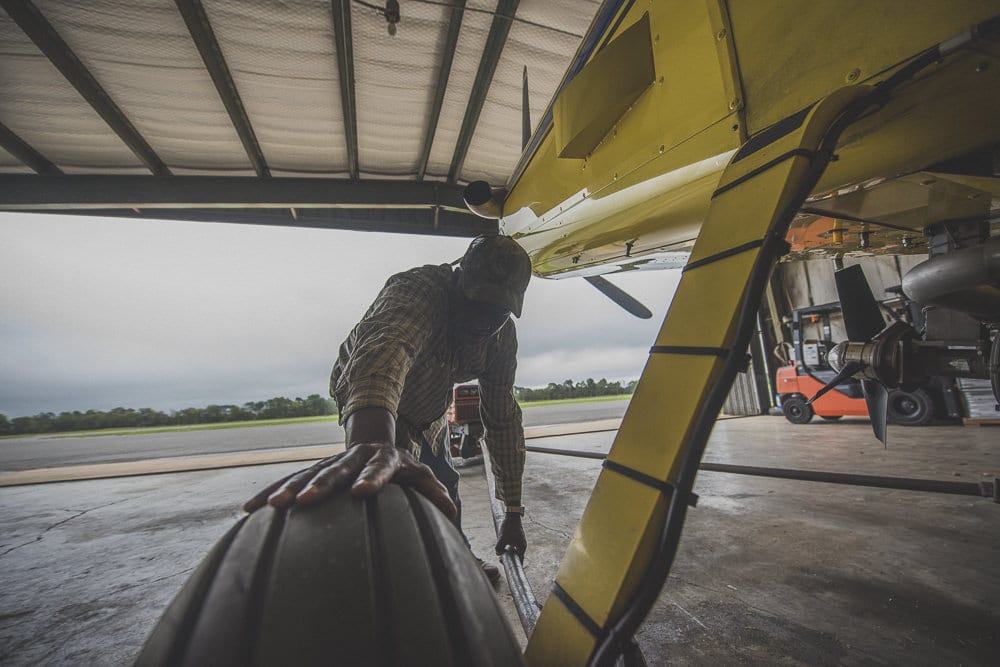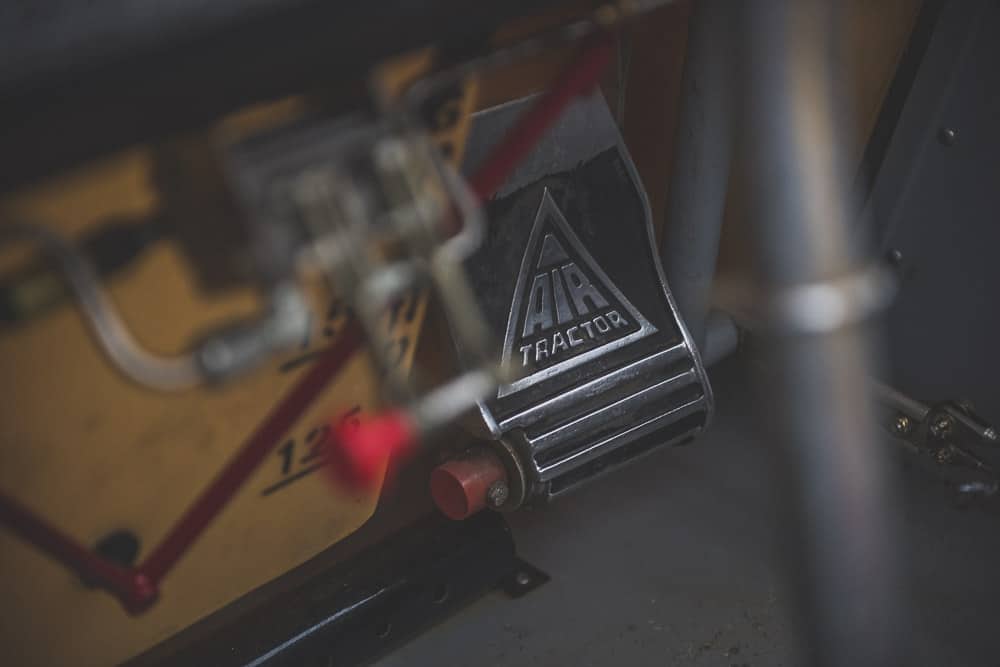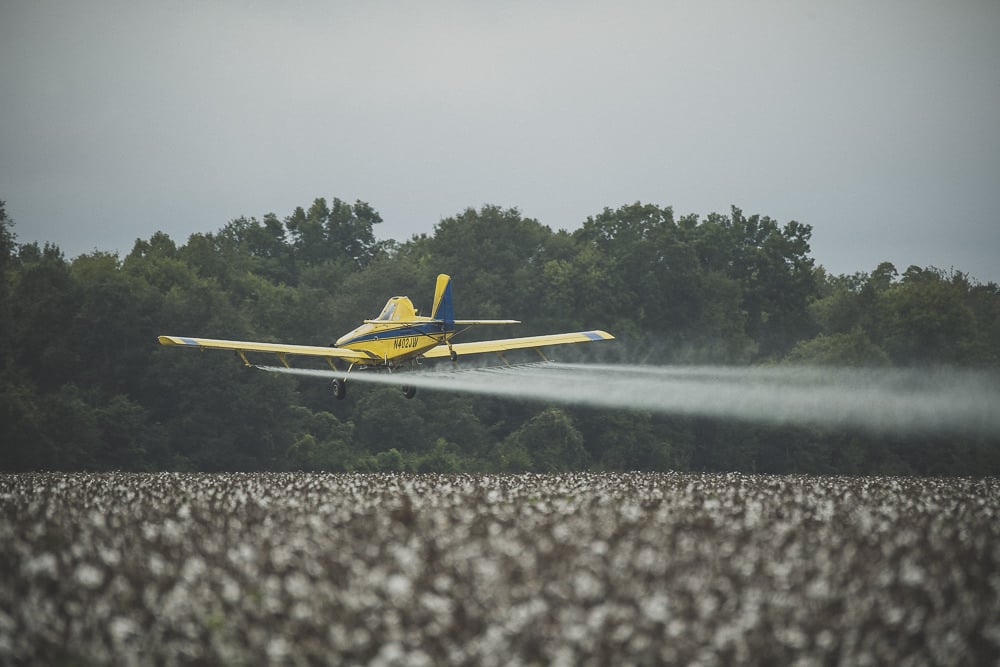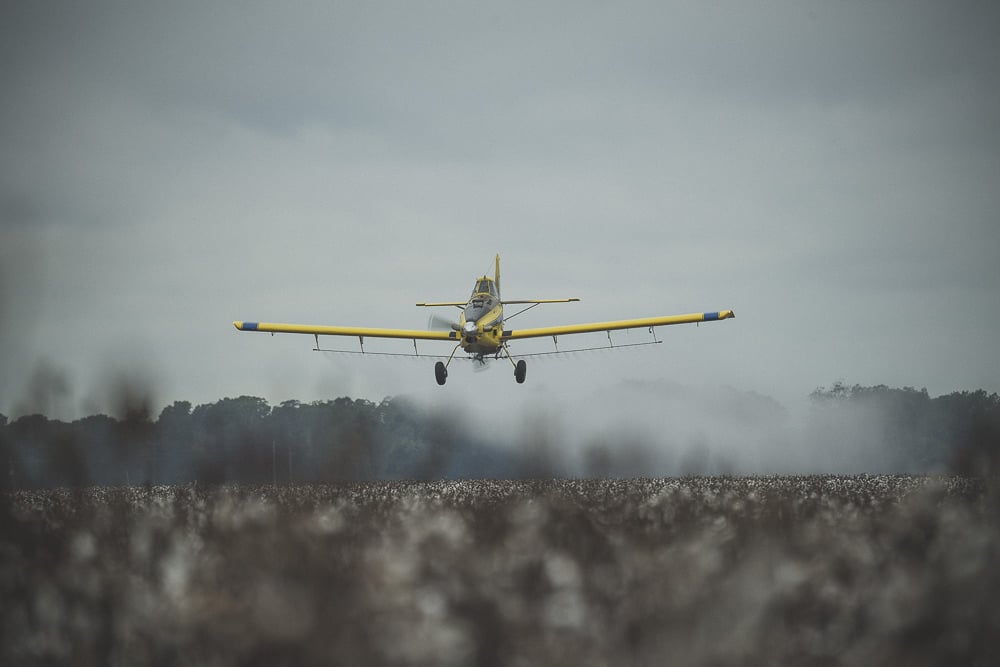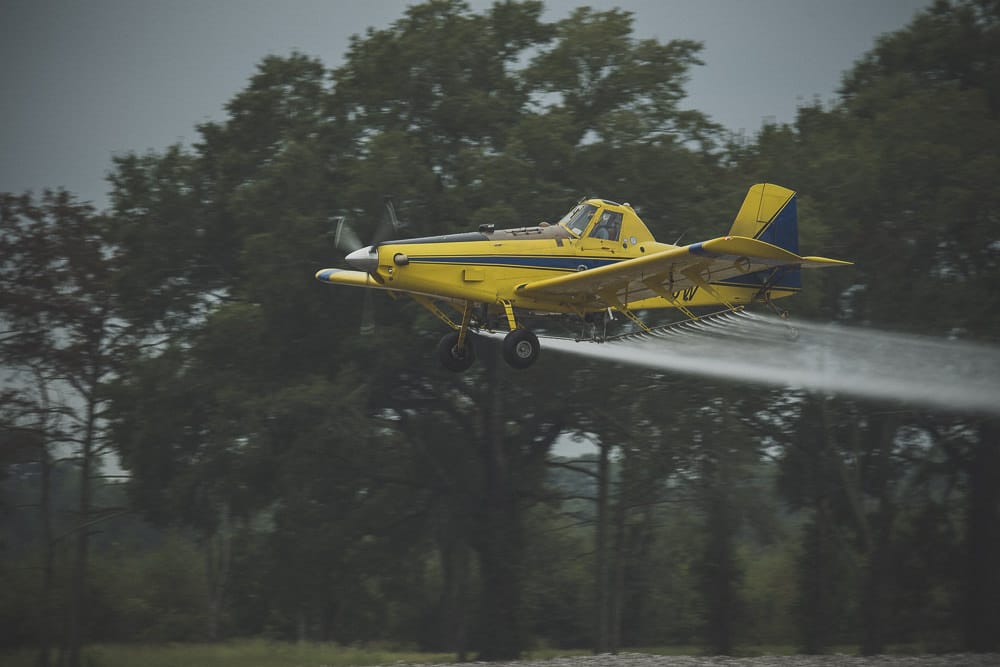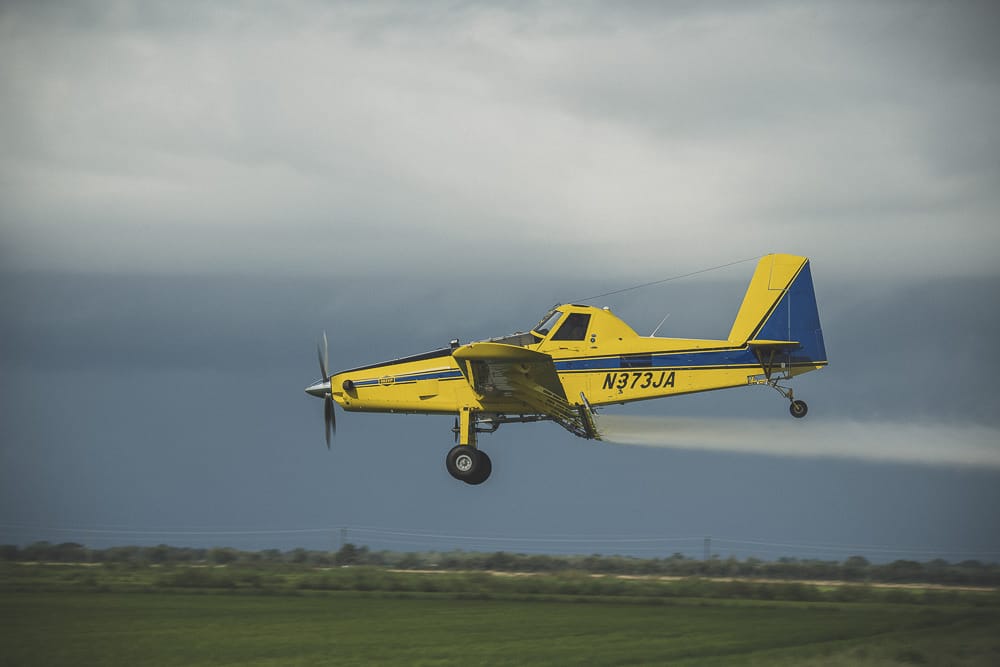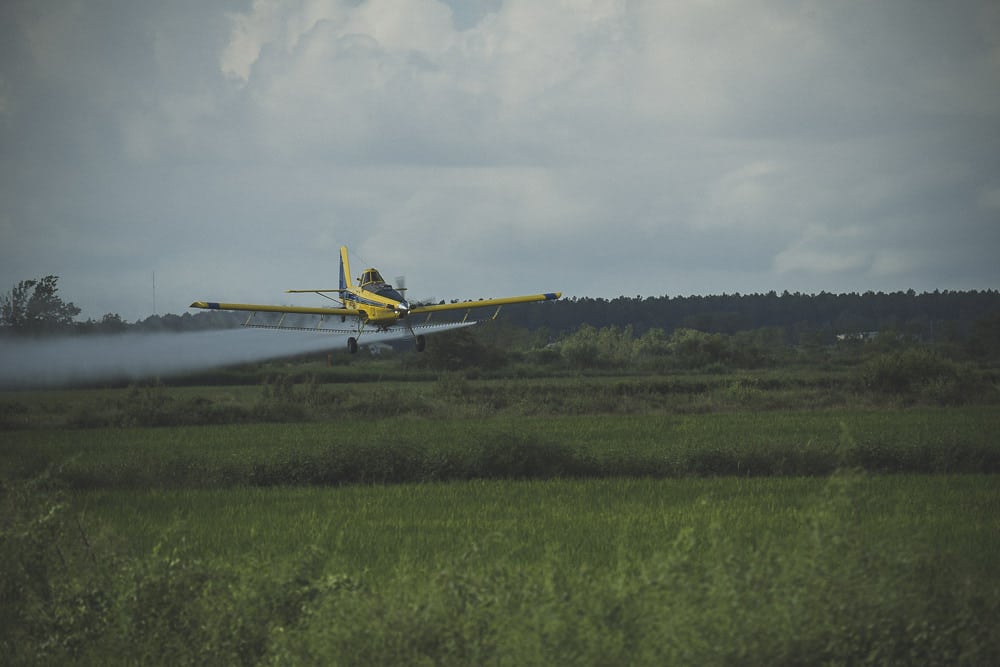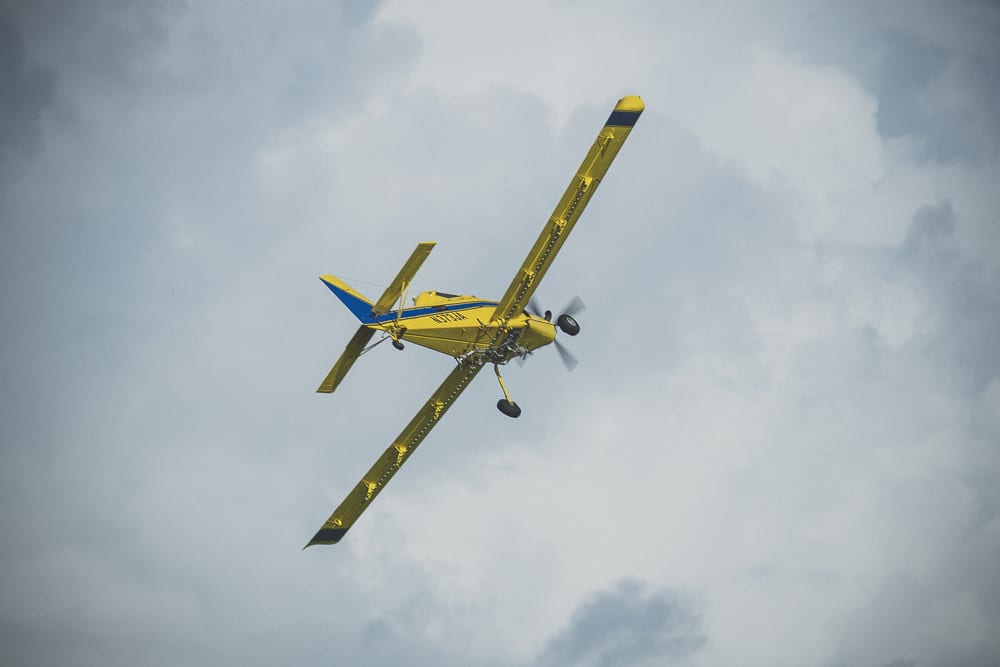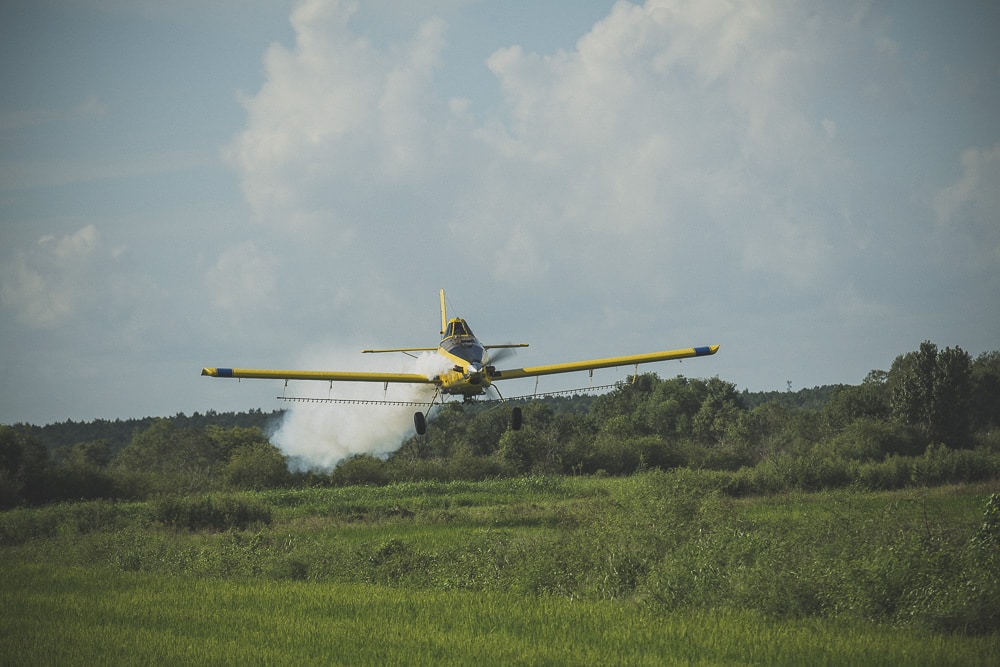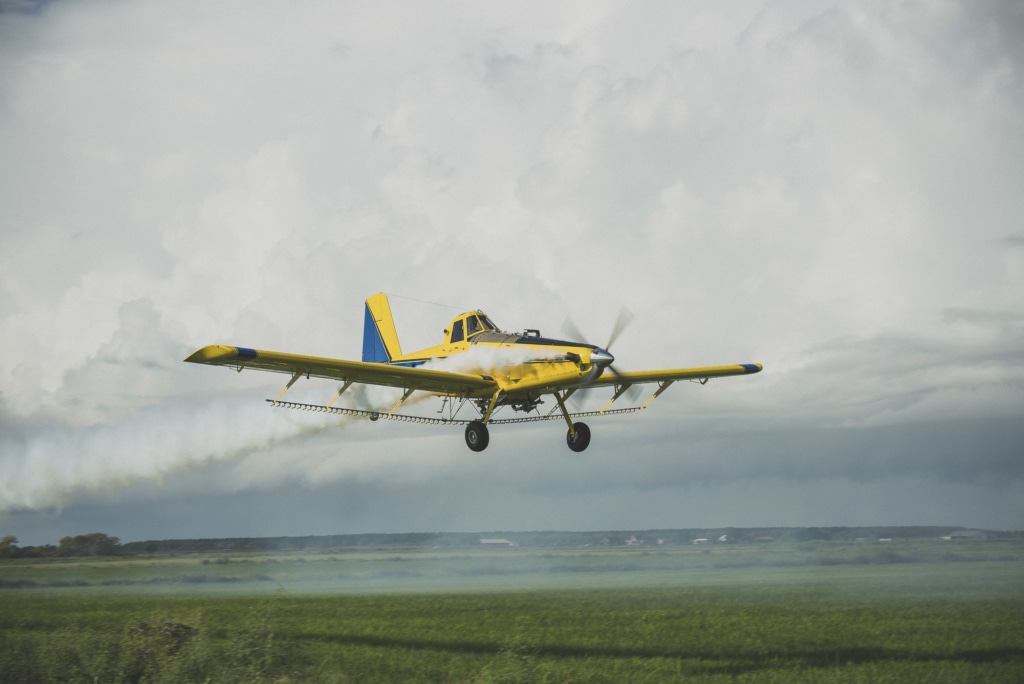Reed Keahey inherited his seat from his dad.
Growing up, he saw his dad and grandfather making their living soaring above the fields near Columbia, Louisiana. But Reed Keahey never gave much thought to the profession—much less what it means to be a legacy pilot.
“I didn’t really know if I wanted to start out doing ag flying. I knew I had a passion for flying, logged many hours. And, eventually, I just came to the point where I decided I wanted to make this happen,” Reed says.
“ I just really fell in love with it and knew that it’s what I was called to do.”
He still feels a tinge of the youthful excitement, every time he gets into the cockpit. But after years of flying for the operation, he knows that performing every day, every week, every season reliably and with purpose is what being an ag pilot is all about. And for that he relies on purpose-built, reliable equipment: His Air Tractor AT-402B.
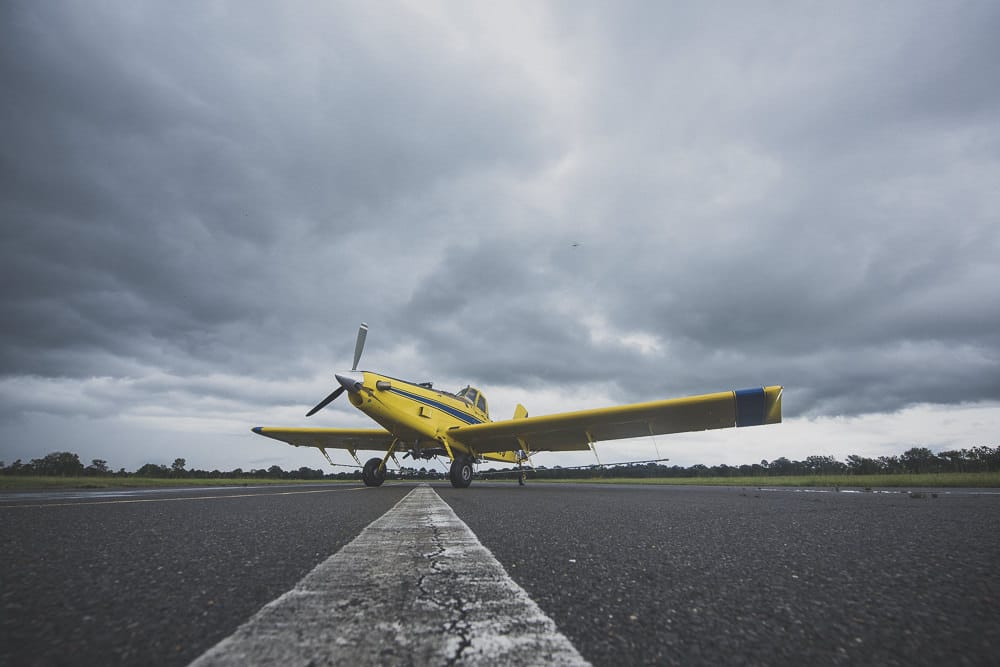
Paying your dues
Being a third-generation pilot and ag operator doesn’t his seat in the cockpit was guaranteed. That’s not how the Keaheys do things.
“I definitely had to pay my dues,” Reed recalls. “I worked here either mixing, loading, or washing an airplane. I would go to satellite airstrips and help in any way possible. Then I worked on my flight hours while I was in college.”
Eventually, Reed began working for his father, Drew, full-time at the family’s aerial spraying operation, Keahey Flying Services. From his first trainer airplane, Reed moved into a more powerful Cessna 180 to advance his flying skills to the next level.
“I built up my time in it to get familiar with more of a high performance aircraft and built up 200 hours in it. Eventually, I worked my way into the Air Tractor.” Today he flies an AT-402B to treat cotton, corn, soybeans, rice and milo growing in the acres surrounding Keahey’s base of operations.
“My dad bought into a AT-402B. Then his acreage started increasing, so he moved into a 502 and a 602. Occasionally he’s borrowed an 802 for certain applications. He ran multiple aircraft, two or three at a time in the early 90s.”
Since the mid-90s, the Keaheys have refocused on being a single aircraft operation with the AT-402B at its center—combining turbine power and reliability with affordability. It all adds up to a healthier bottom line for the business.
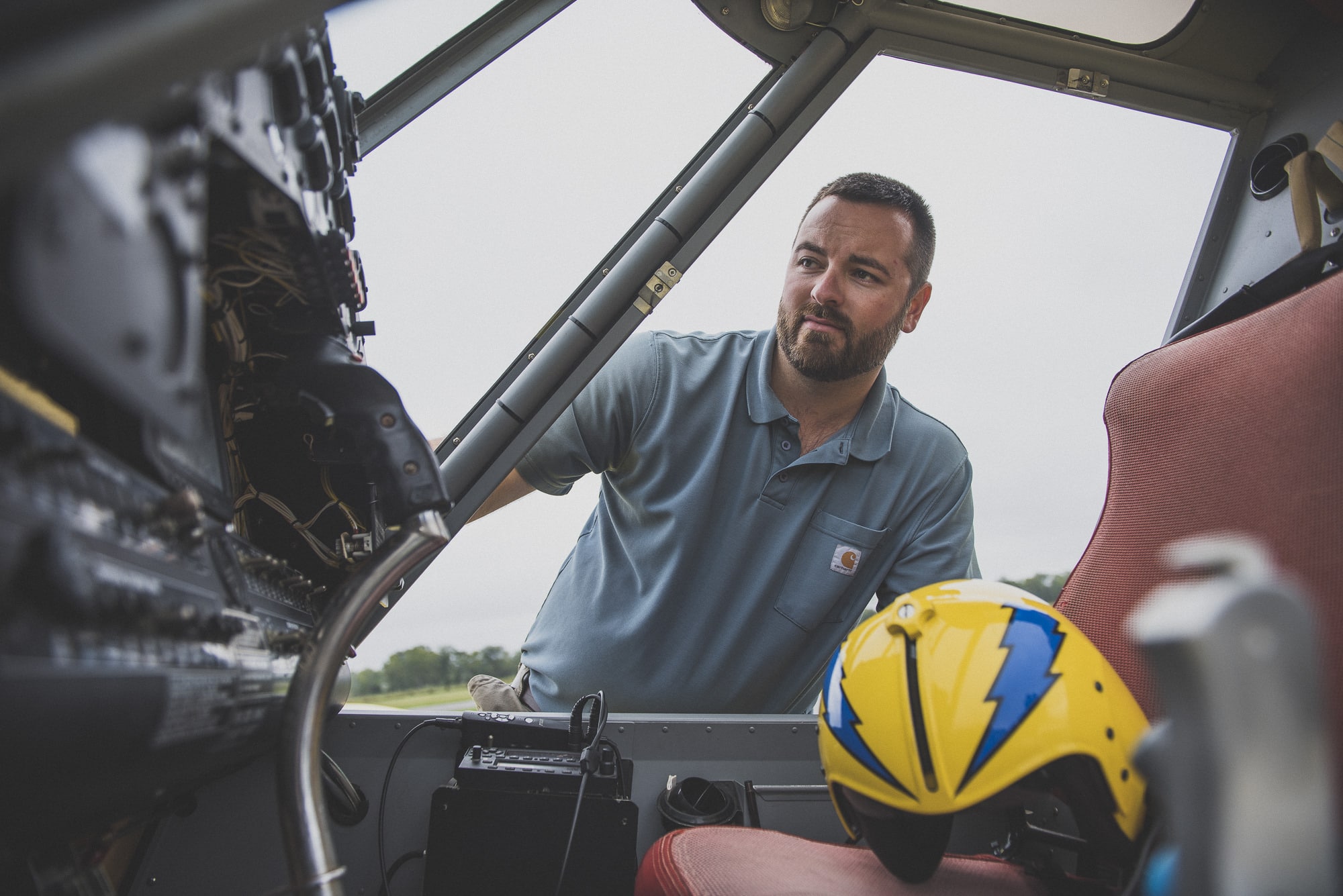
More than just an airplane
But the bright yellow airplane is more than just the daily workhorse. It stands for something. It’s synonymous with the Keahey family and their business in this part of Louisiana.
“Everybody notices the yellow airplane,” Reed says. “You just gotta make sure that you represent the industry well in your aircraft. Even though they may not know you, they know the aircraft and they know the industry. You’re not just representing yourself. You’re representing a whole community of professional ag aviators who love their job and really give it their all.”
With vision and purpose
Reed serves many of the same farmers his family has worked with for decades.
“It’s just really rewarding. Taking off right after sunrise, watching the sun come up, flying all day looking at the area around me. It never gets old. Seeing stages of the crops as they mature. And watching the sunset at the end of the day. You put in a long day at work and you get to go home and tell about it to your family.”
With its rich, productive Delta farmland, the region has always had plenty of work for ag operators.
“Columbia is a little gem on the river. We have agriculture, and the timber industry is big, too. It’s a great little community centered around this little part of the Quachita river,” Reed says.
But what was once a small rural farm town is growing and changing. Seeking a more relaxed pace of life, families are moving from urban areas into new housing subdivisions sprouting next to fields of cotton or soybeans. And they have a different relationship to these fields. This presents a whole new set challenges for those working the land. Nowadays, someone driving a road next to farmland may be spooked by a puff of oil smoke released from a low flying ag plane. A panicked call to authorities might come next.
“People need to understand that none of these pilots are out to hurt you in any way. They may be flying behind your new house that’s built near a soybean field,” he says. Farmers can’t take their land out of production just because people moved in. All the mechanization that goes with high-yield farming continues just the same.
“We make sure that we’re doing the right thing by everybody. By the neighbors, by the farmer, and by the people on the road. Some may think we’re a bunch of wild and crazy guys in an airplane but we’re trained aerial applicators. We’re just trying to help a customer have a successful crop.”
That has been the mission of Keahey Flying Services for the past two generations, and it’s still the mission today.
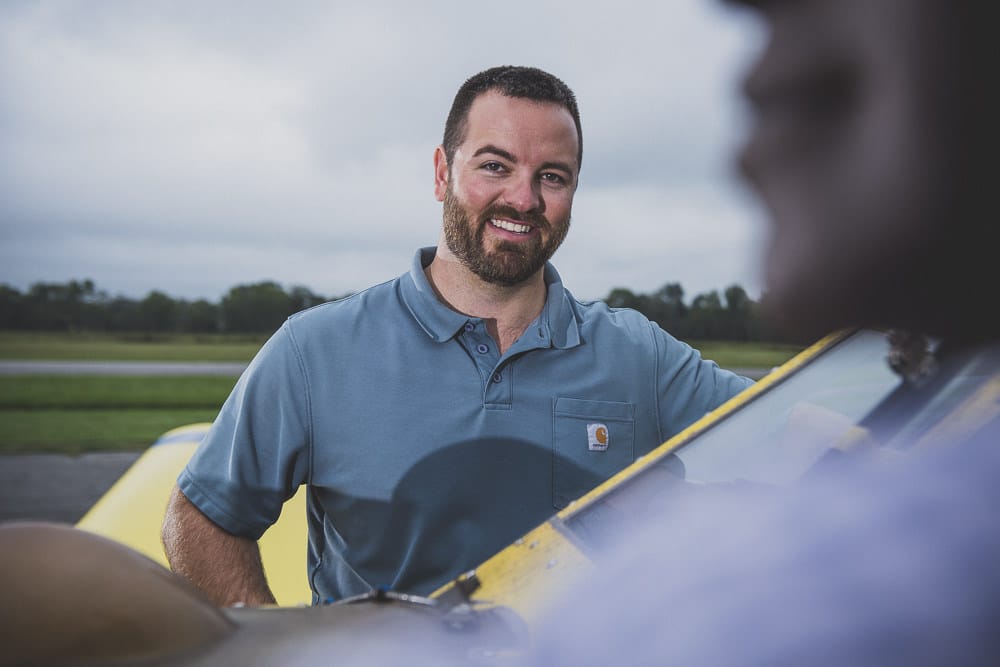
Charting his own path
Even though Reed inherited his seat from his dad, he has charted his own path in the industry. Yet, it’s based on the values and principles passed on from those who came before him.
He admires Grant Lane, Pat Kornegay and Scotty Meador, acquaintances of his father whom he got to know. “Talking with them, getting advice from them and just seeing how they carried themselves made me want to improve myself and make sure I modeled after them.”
However, you don’t have to be born into it to make it in the industry.
“My advice would be to enjoy where you are right then, because you are in an airplane flying and having fun. You need to soak up that moment.”
Never lose sight of your goal.
“To get into ag flying, find an operation that might hire you as a mixer-loader or other ground work,” Reed recommends. “But also let them know that you’re up for pursuing a career in ag aviation. And they can mentor you or point you in the right direction. Learn what flying schools are out there and what they offer. Do your research on your schools. Enjoy flying and slowly work towards your goal.”
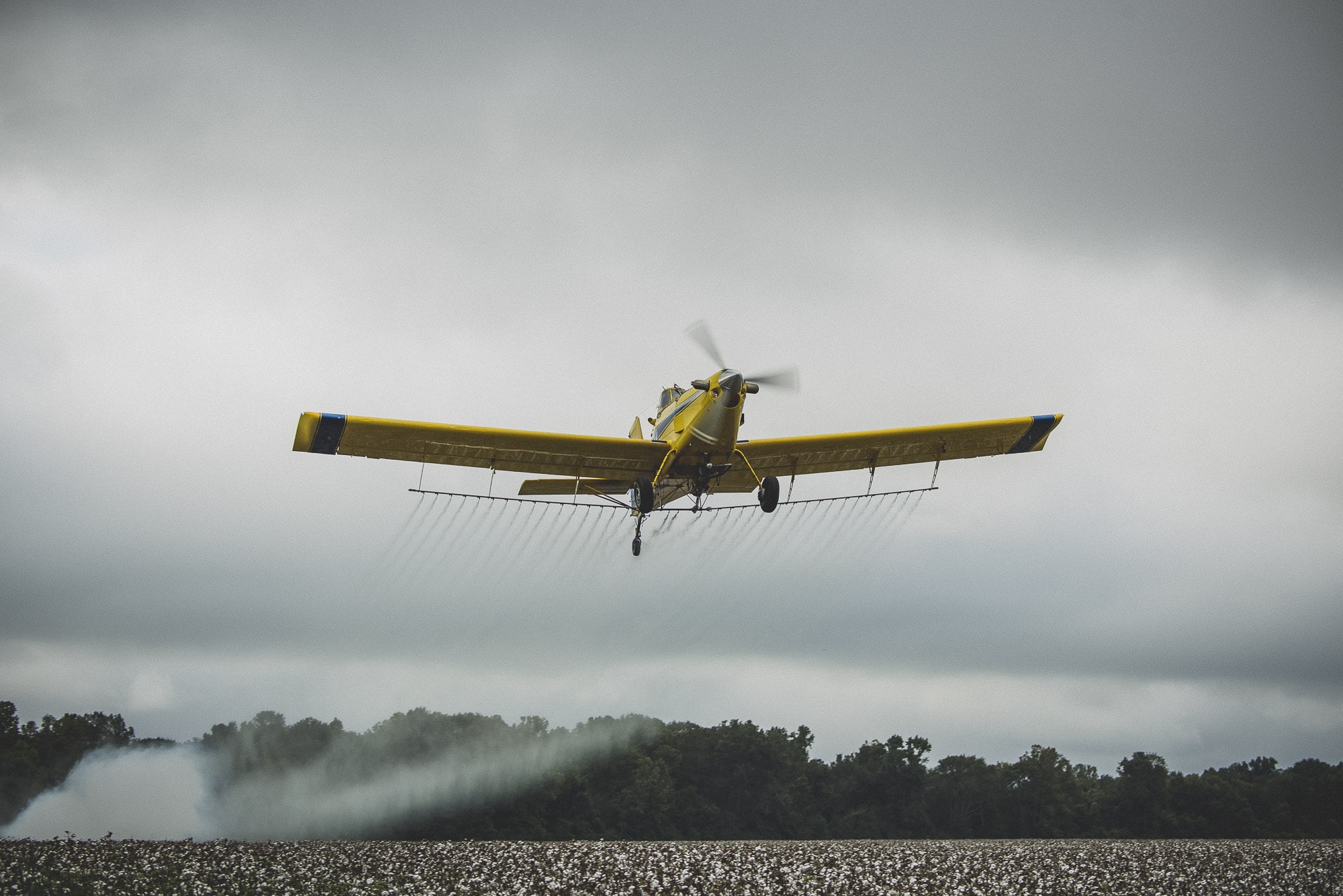
Getting home safely
One lesson Reed has taken away from having been in the seat for several years is this: the job of an aerial application demands a pilot’s best skills and constant attention. When flying 12 feet above the ground, it’s a job that must be done right or not at all.
“I get in the airplane. I go through my routine, reset the fuel and then do my startup procedure. I know my switches. I’ve got to flip all of them. And one of the main things before I take off… I usually say a prayer,” he says.
“You need to be confident in the aircraft you’re flying. You can’t be cocky. I keep that in the back of my mind everyday. And I tell my wife that my main mission is to come home everyday.”
So no matter what the schedule demands, if there are any doubts about doing the job safely, Reed will adjust plans or reschedule a job if necessary.
“Listen to the aircraft but at the same time remember that you got a family and people that love you that want to see you. You want to leave a legacy of being a safe pilot.”
Despite time constraints or workloads that may build up, don’t forget what a privilege it is to have this job.
“But don’t let it ruin having a good time doing this job because it’s a super fun job and you just enjoy it everyday.”
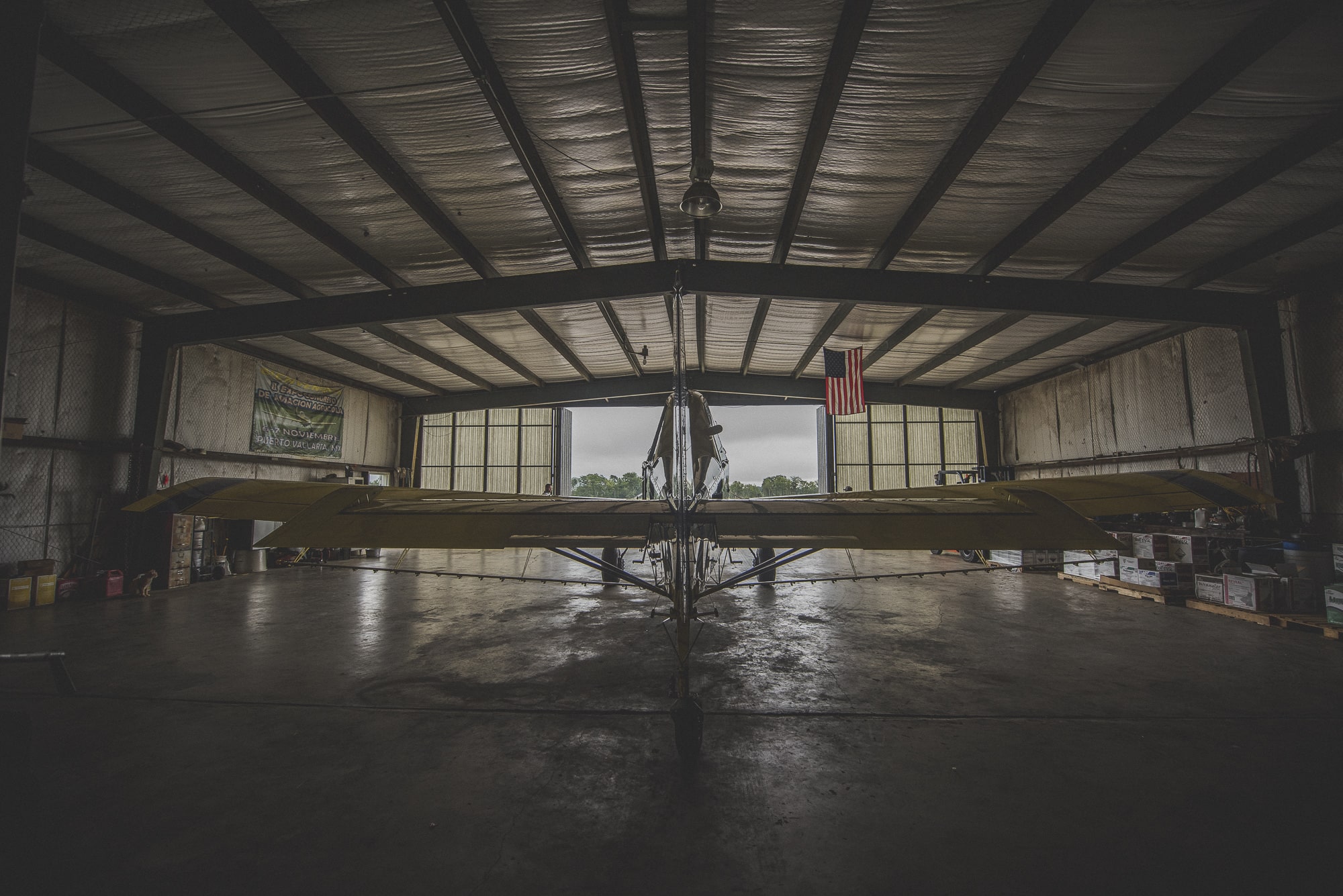
Looking up to the sky
Reed has earned the right to enjoy the job. He’s done right by himself, right by his dad and grandfather, and right by the industry as a whole.
“My old instructor said I had avgas running through my veins. I’ve grown up watching my dad fly for many years. I always looked up to him. Sometimes I’d tell him, ‘You know, I’d rather watch you than to watch the Blue Angels fly because it just seems more exciting.’ They’re exciting. But just watching my dad fly and to know that’s him up there… After I had my son, seeing him grow up and realizing that he’s watching me doing the same thing… That is special,” Reed says.
“As a
Reed earned that respect for himself—pursuing one vision, one purpose—while honoring the legacy.
